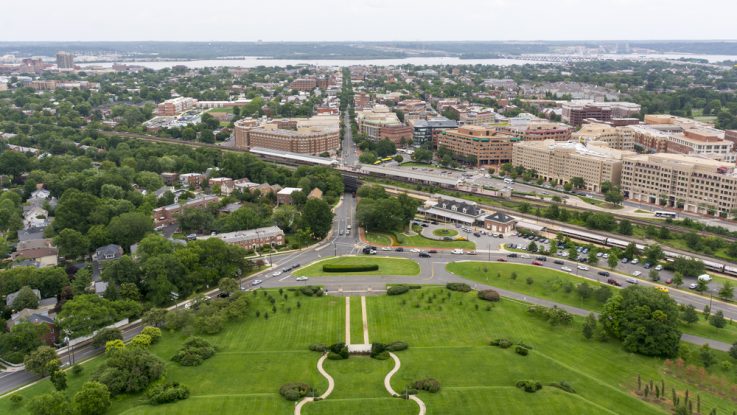
The Washington Metropolitan Area Transit Authority (WMATA) recently introduced its first Energy Action Plan – a five-year roadmap which aims to reduce energy usage, cut greenhouse gas emissions, and generate up to $29 million annually in energy and long-term operating costs savings.
WMATA has committed to investing $65 million from its capital budget by 2025 toward energy efficient technology, modernizing operations, promoting innovation, and reducing operating costs. Planned initiatives include developing an electric bus deployment strategy to pilot and evaluate the use of electric buses in the fleet, designing its new headquarters to meet LEED platinum standards, and designing the new Potomac Yard Metrorail station in Alexandria, Virginia to be the first LEED-certified transit station in the country.
WMATA also aims to promote citizen participation as using public transit is an individual action that can contribute to reducing the region’s carbon footprint. It has launched a sustainability calculator on its Trip Planner available at wmata.com that shows riders how much their transit trip contributes to reducing the region’s carbon footprint.
WMATA estimates that the net energy savings resulting from the Energy Action Plan will be the equivalent of taking 35,000 vehicles off the road each year. Fully implemented, the Energy Action Plan is expected to net $16 million annually in energy cost savings and another $13 million in savings on operations and maintenance expenses by 2025.
“[WMATA] connects the region through affordable, sustainable transportation every day helping to reduce the region’s carbon footprint,” said WMATA general manager and chief executive officer Paul J. Wiedefeld. “Together, with our riders, we are making the right choice for the environment by changing the way we do business through reduced consumption and efficiencies that will generate long-term cost savings.”


